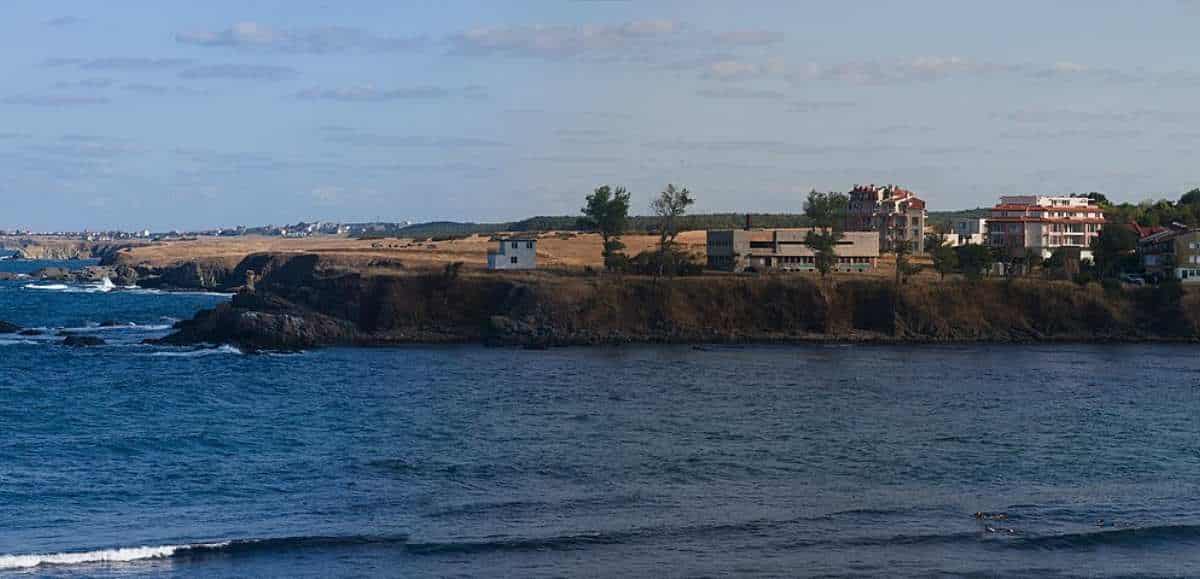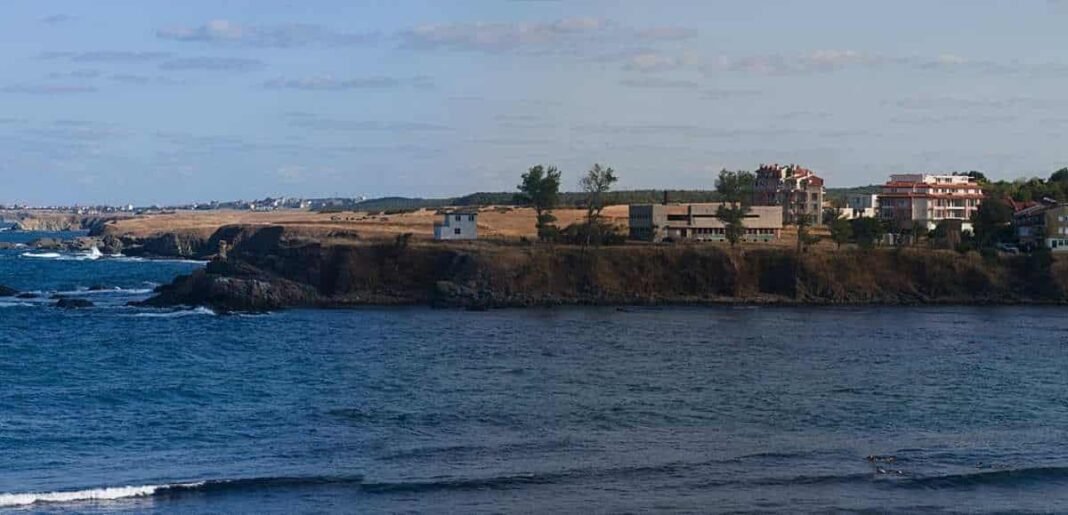
Archaeologists have uncovered a Byzantine church built over the remains of a Roman-era settlement near the coastal town of Ahtopol (also formerly “Agathopolis” in Greek) in southeastern Bulgaria. The site, located on the rocky peninsula of Cape Sveti Yani, is now regarded as one of the most significant finds along the Southern Black Sea coast.
Church among largest of its kind
Researchers say the structure, dating to the 12th and 13th centuries, measures about 20 meters (65 feet) in length—the longest ancient church ever found in the region. Over two hundred artifacts were recovered, the oldest being from the 3rd century.
Experts believe the discovery offers new evidence of continuous habitation and highlights the area’s role during the Byzantine Empire, when Greek language and Orthodox Christian traditions shaped local culture.
Layers of history beneath the church
Dr. Petranka Nedelcheva, deputy head of the excavations, has said the church likely stood at the heart of a thriving Byzantine religious community. Beneath its floor, archaeologists detected signs of earlier settlement, including Celtic military buckles from the Roman era and 6th-century coins. Later artifacts from the medieval and Ottoman periods confirm that the site remained active for many centuries.
Archaeologist Elena Endarova of the National Museum of Archaeology said the layers of material reveal a rare case of uninterrupted human presence. Each discovery shows how the settlement evolved through time rather than being replaced, she explained.
Echoes of Byzantine and Greek heritage
The discovery clearly shows a strong Greek-Byzantine connection. The ancient name of Ahtopol—Agathopolis, reflects its roots as a Byzantine episcopal center tied to the Patriarchate of Constantinople. Archaeologists believe the remains of the Metropolitan of Agathopol, a senior Orthodox cleric, may be buried at the site, underscoring its historical and religious importance.
The church’s architectural layout, including an east-facing apse, aligns with typical Byzantine-Greek ecclesiastical design. In conjunction with the artifacts, it highlights how Hellenic Christian traditions once flourished along Bulgaria’s coast under Byzantine rule.
Ahtopol’s mayor, Stanislav Dimitrov, has said the discovery provides a clearer picture of the city’s forgotten past. He noted that locals long viewed Cape Sveti Yani as a simple fishing post, unaware of its deep historical roots.
Artifacts reveal violent past and sacred legacy
Some of the most significant artifacts are now exhibited at the Anchor Museum in Ahtopol. Among these are cannonballs linked to 17th-century Cossack raids that destroyed the monastery and captured monks for ransom.
A rare Kütahya ceramic cup—an imported Ottoman-era luxury item—along with two male burials near the apse, suggests the church once held valuable possessions and may have served as the final resting place of the Metropolitan of Agathopol, highlighting its spiritual importance and regional prestige.
Plans for archaeological development
Local authorities plan to transform the peninsula into an archaeological complex featuring laboratories, accommodations for researchers, and a base for underwater archaeology. Officials say the project will protect the site while promoting cultural tourism and education along Bulgaria’s coast.
Excavations are currently paused for winter but will resume in spring. Researchers hope to uncover more about the Byzantine church and the Roman settlement beneath it—a site where the legacies of empire, faith, and Greek-Byzantine culture converge.


